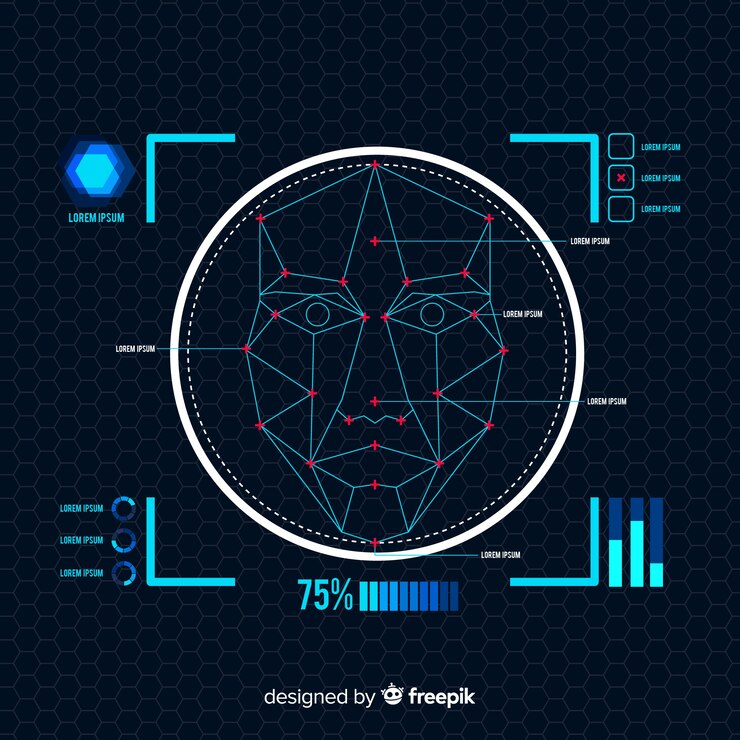OMR Full Form: Optical Mark Recognition

Transforming Assessments: Unveiling the OMR Full Form
In the realm of education and assessments, acronyms often hold the key to innovative tools that streamline the evaluation process. One such acronym that has revolutionized the way we conduct tests and surveys is “OMR.” While you may have encountered this term, have you ever wondered what “OMR” stands for? In this article, we will uncover the mystery behind the OMR full form and explore its pivotal role in modern assessment methods.
OMR Full Form: Optical Mark Recognition
Defining OMR: “OMR” stands for Optical Mark Recognition, a technology-driven process that involves the scanning and interpretation of marked bubbles or checkboxes on paper-based forms. OMR technology automates the data capture process, allowing for efficient and accurate assessment of multiple-choice questions, surveys, and other forms that require marked responses.
Understanding the Importance of OMR in Assessments:
Optical Mark Recognition holds significant importance in various fields that rely on accurate data collection and analysis. Here are key aspects that highlight the significance of OMR:
- Efficiency: OMR technology replaces manual data entry with automated scanning, significantly reducing the time and effort required for assessments and surveys.
- Accuracy: OMR eliminates human errors associated with manual data entry, ensuring that responses are accurately captured and recorded.
- Large-Scale Assessments: OMR is particularly beneficial for conducting large-scale assessments, such as entrance exams, competitive exams, and standardized tests.
- Speedy Analysis: OMR software quickly processes and analyzes the marked responses, enabling the timely generation of results and reports.
- Objective Evaluation: OMR reduces the subjectivity in evaluating assessments by providing objective criteria for scoring.
- Cost-Effective: OMR technology is cost-effective, especially when compared to manual data entry and evaluation processes.
OMR Process
The OMR process involves the following steps
- Form Design: OMR forms are designed with questions and response options presented as bubbles or checkboxes.
- Marking Responses: Participants mark their responses by filling in or shading the appropriate bubbles.
- Scanning: The OMR forms are scanned using specialized OMR scanners or multifunctional devices equipped with OMR capabilities.
- Data Capture: The scanner captures the marked responses as digital data, converting them into binary codes.
- Software Analysis: OMR software processes the captured data, identifying the marked responses and converting them into readable formats.
- Results Generation: The software generates results and reports based on the captured data, allowing for easy analysis and evaluation.
Applications of OMR
OMR technology finds applications in various sectors:
- Education: For conducting exams, quizzes, and surveys.
- Recruitment: For assessing candidates in recruitment processes.
- Research: For collecting and analyzing survey data.
- Data Collection: For gathering data in healthcare, finance, and other industries.
Innovation and Future Trends
With advancements in technology, OMR has evolved to include features like cloud-based data storage, mobile OMR apps, and integration with digital assessment platforms. These innovations enhance the flexibility and accessibility of OMR technology.
Conclusion
“OMR,” or Optical Mark Recognition, stands as a beacon of efficiency and accuracy in the world of assessments and data collection. This technology has transformed the way we process and evaluate large-scale assessments, making the evaluation process more streamlined and objective. The next time you encounter the term “OMR,” you’ll recognize its role in shaping a modern approach to assessments and surveys, benefiting both educators and learners alike.